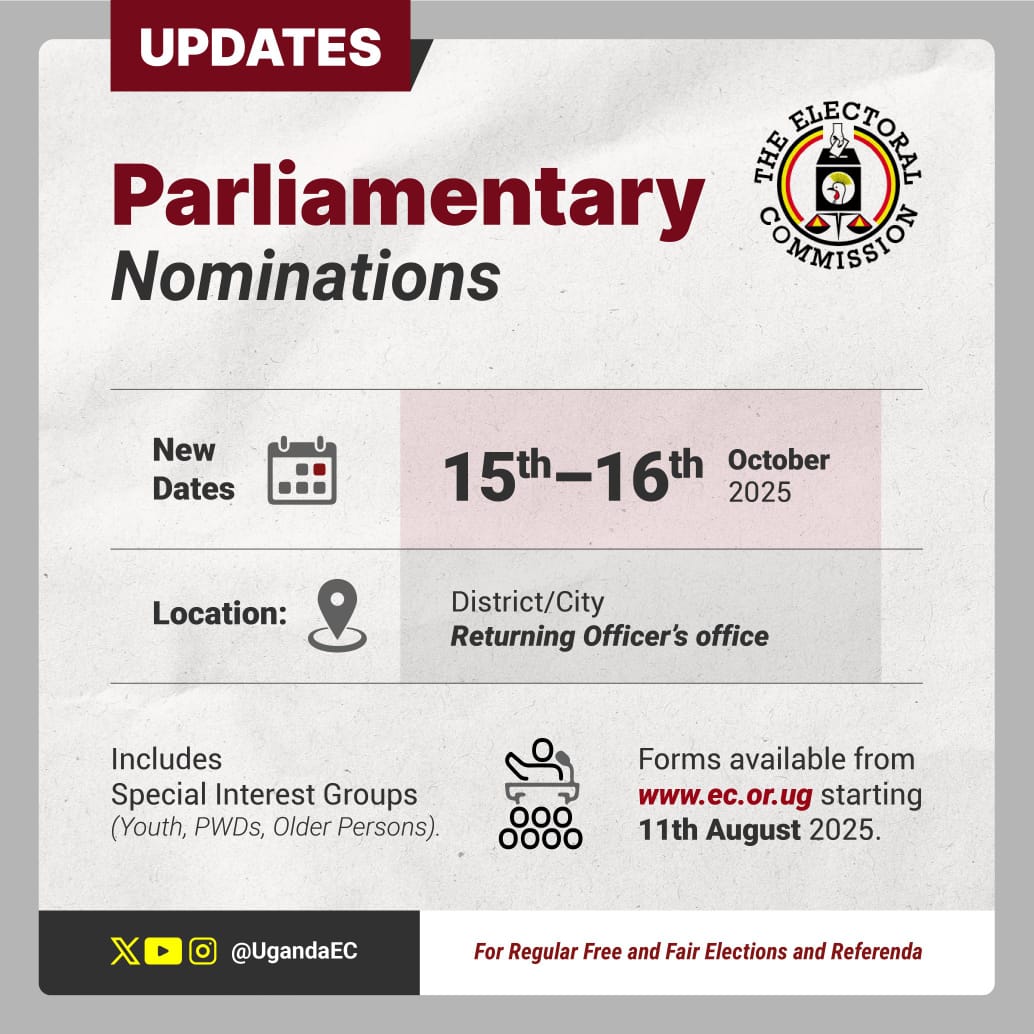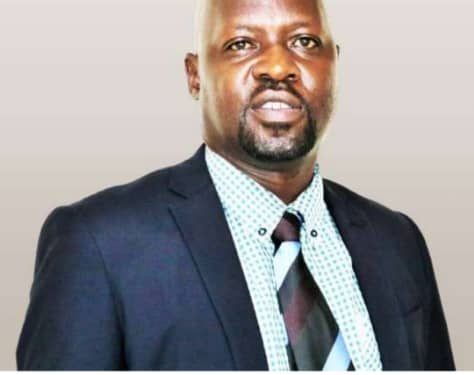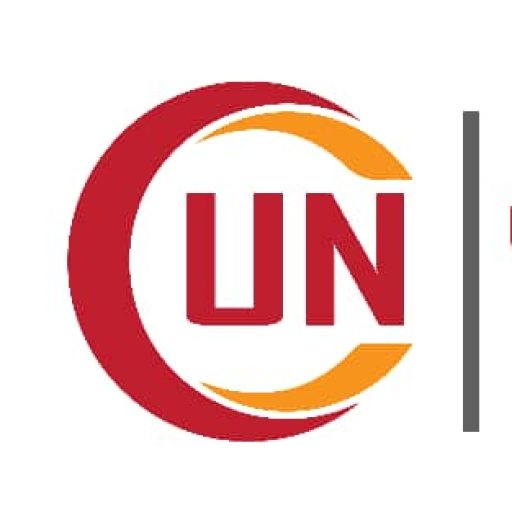By Aldon Walukamba, Communications Consultant
Kampala’s traffic congestion continues to be one of the most pressing urban challenges, leading to significant economic losses and reduced quality of life for residents. To address this, Kampala can learn from Singapore’s successful implementation of congestion pricing models, where motorists are charged for road use during peak hours. This system not only reduced the volume of vehicles on the roads but also encouraged alternative modes of transportation.
Congestion Pricing for Kampala
To effectively implement congestion pricing in Kampala, specific measures need to be introduced, targeting high-traffic roads during the most congested times of the day. The congestion pricing model can focus on reducing the number of private vehicles in central business districts (CBDs) and key entry roads while promoting the use of public transportation and other alternatives.
Identifying Peak Hours
Based on current traffic patterns in Kampala, the peak hours for congestion pricing should be:
- Morning: 6:30 AM–9:30 AM
- Evening: 4:30 PM–7:30 PM
These are the times when traffic is most severe as people commute to and from work, schools, and businesses. Targeting these hours will alleviate pressure on the roads during the busiest parts of the day.
Target Roads
Congestion pricing should be applied to the following high-traffic corridors that experience chronic congestion:
- Jinja Road (especially between Lugogo and Nakawa)
- Entebbe Road (from Kibuye roundabout to the city centre)
- Kampala–Gayaza Road
- Bombo Road (from Wandegeya to Kawempe)
- Kampala–Masaka Road
- Ntinda–Bukoto–Kamwokya corridor
- Kampala Northern Bypass (strategic points approaching the city centre)
These roads serve as major arteries for commuters entering and exiting the city centre, often creating bottlenecks that slow traffic for hours.
Suggested Congestion Fees
A reasonable congestion charge can be introduced during peak hours to discourage private vehicle use. Suggested fees are as follows:
Private cars: UGX 5,000 per entry during peak hours.
Taxis (matatus) and boda bodas: UGX 2,000 per entry during peak hours.
Commercial trucks and heavy vehicles: UGX 10,000 per entry during peak hours.
The funds collected from these fees can be reinvested into improving Kampala’s road infrastructure, expanding public transport options, and enhancing road maintenance programs.
Encouraging Alternatives
In addition to congestion pricing, Kampala needs to offer viable alternatives for commuters to ease the transition away from private vehicle use. The following strategies should complement the congestion fee system:
- Investing in Public Transportation:
Kampala should prioritise expanding and modernising its public transport systems, including:
Developing a reliable bus rapid transit (BRT) system.
Enhancing the fleet and efficiency of public buses to serve more routes at affordable rates.
Improving the operations of taxis and boda bodas to ensure better route coverage and safety standards.
- Promoting Cycling and Walking:
To reduce traffic in the city, Kampala can learn from European cities like Copenhagen, which have successfully encouraged cycling as a mode of transport. The city should:
Create dedicated cycling lanes along major roads.
Develop pedestrian-friendly infrastructure with safe walkways.
Introduce public bike-sharing schemes.
- Carpooling Initiatives:
Encouraging Kampala residents to share rides would reduce the number of vehicles on the road. Governments and private employers can introduce carpooling incentives, such as discounted parking fees for carpool vehicles or subsidies for fuel.
- Flexible Work Hours:
Partnering with businesses to implement flexible work schedules or remote work options could reduce peak-hour congestion by staggering the times employees travel to and from work.
Conclusion
To address traffic congestion in Kampala, the introduction of a congestion pricing system, similar to Singapore’s, would be a game-changer. By charging motorists during peak hours on key roads, Kampala can reduce the volume of traffic while generating revenue for funding infrastructure improvements. Coupled with investments in public transport, cycling infrastructure, and carpooling initiatives, this approach offers a sustainable solution to Kampala’s growing traffic problem.
Effective communication and collaboration between city authorities, businesses, and the public will be essential to ensuring the success of this program, ultimately making Kampala a more livable city for its residents.


































